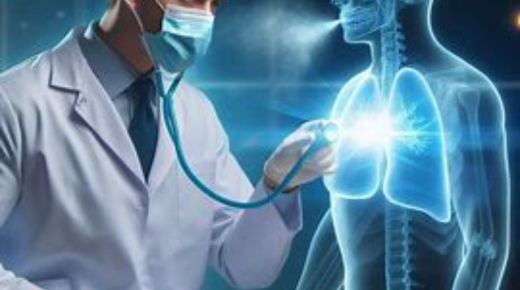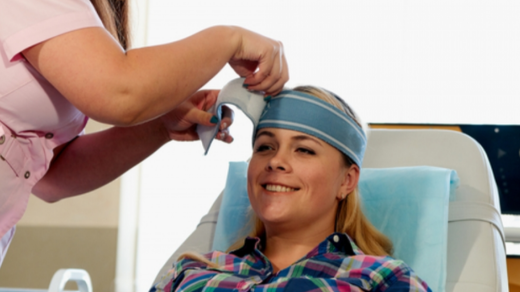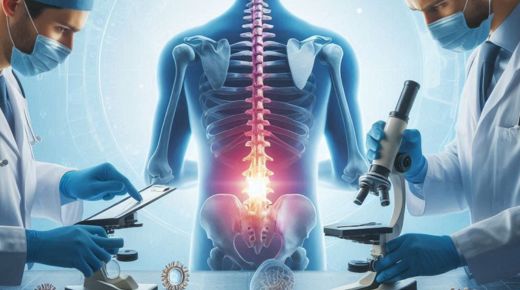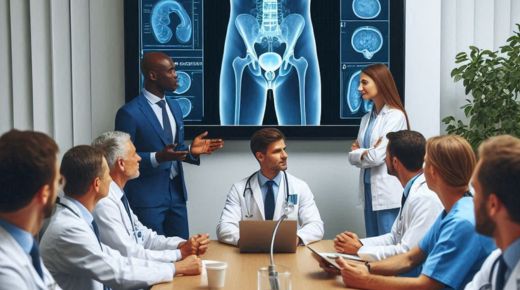Respiratory conditions can significantly impact a person’s quality of life, making effective treatment and management essential. Advances in respiratory care treatments have provided new options for managing chronic and acute respiratory conditions, improving patient outcomes, and enhancing quality of life. This article explores advanced respiratory care treatments, including innovative therapies, diagnostic techniques, and comprehensive care approaches that help patients breathe easier.
Understanding Respiratory Conditions
Common Respiratory Disorders
Respiratory conditions encompass a wide range of disorders affecting the lungs and airways. Common conditions include:
- Asthma: A chronic condition characterized by inflammation and narrowing of the airways, causing difficulty breathing.
- Chronic Obstructive Pulmonary Disease (COPD): A group of progressive lung diseases, including emphysema and chronic bronchitis, leading to airflow obstruction.
- Lung Cancer: A malignancy that originates in the lungs, often associated with smoking and environmental exposures.
- Pulmonary Fibrosis: A condition where lung tissue becomes scarred, leading to stiffness and breathing difficulties.
- Cystic Fibrosis: A genetic disorder that causes thick, sticky mucus to build up in the lungs and digestive tract.
- Pneumonia: An infection that inflames the air sacs in one or both lungs, which can fill with fluid.
Impact on Quality of Life
Respiratory conditions can significantly impact a person’s quality of life, leading to symptoms such as shortness of breath, chronic cough, wheezing, and fatigue. These symptoms can limit daily activities, reduce physical fitness, and lead to frequent hospitalizations.
Advanced Diagnostic Techniques
High-Resolution Imaging
High-resolution imaging techniques, such as computed tomography (CT) scans and magnetic resonance imaging (MRI), provide detailed views of the lungs and airways. These imaging methods are crucial for diagnosing and monitoring respiratory conditions.
- CT Scans: Offer detailed cross-sectional images of the lungs, helping detect tumors, infections, and interstitial lung diseases.
- MRI: Provides detailed images of soft tissues, useful for evaluating lung structures and blood vessels without exposure to ionizing radiation.
Pulmonary Function Tests
Pulmonary function tests (PFTs) measure how well the lungs work. These tests assess lung volume, capacity, rates of flow, and gas exchange. Common PFTs include:
- Spirometry: Measures the amount and speed of air a person can inhale and exhale, useful for diagnosing asthma and COPD.
- Diffusion Capacity Test: Assesses how well oxygen passes from the lungs into the blood.
- Body Plethysmography: Measures lung volume and airway resistance, providing comprehensive data on lung function.
Bronchoscopy
Bronchoscopy involves inserting a thin, flexible tube with a camera into the airways to examine the lungs and collect samples. This procedure helps diagnose infections, tumors, and other lung conditions.
Innovative Treatments for Respiratory Conditions
Biologics and Targeted Therapies
Biologics are advanced medications derived from living organisms that target specific components of the immune system. They are particularly effective in treating severe asthma and other inflammatory lung diseases.
- Monoclonal Antibodies: These biologics target specific proteins involved in inflammation, reducing symptoms and exacerbations in asthma and COPD. Examples include omalizumab, mepolizumab, and dupilumab.
- Targeted Therapies: These treatments target specific genetic mutations in lung cancer, improving outcomes and reducing side effects. Examples include tyrosine kinase inhibitors (TKIs) like erlotinib and gefitinib.
Minimally Invasive Procedures
Minimally invasive procedures offer effective treatment options with fewer risks and quicker recovery times compared to traditional surgery.
- Endobronchial Valve Therapy: Used in patients with severe emphysema, this procedure involves placing tiny valves in the airways to redirect airflow and improve lung function.
- Cryotherapy and Radiofrequency Ablation: These techniques destroy abnormal tissue in the airways or lungs, used in the treatment of lung cancer and other conditions.
Lung Volume Reduction Surgery (LVRS)
LVRS is a surgical procedure for patients with severe emphysema. It involves removing damaged lung tissue to allow the remaining healthier lung tissue to expand and function more efficiently. This surgery can improve breathing, reduce symptoms, and enhance quality of life.
Lung Transplantation
Lung transplantation is considered for patients with end-stage lung disease who have not responded to other treatments. It involves replacing one or both diseased lungs with healthy donor lungs. Lung transplants can significantly improve survival rates and quality of life for patients with severe respiratory conditions.
Comprehensive Care Approaches
Pulmonary Rehabilitation
Pulmonary rehabilitation is a comprehensive program that includes exercise training, education, and support to help patients manage their respiratory conditions and improve their quality of life.
Components of Pulmonary Rehabilitation
- Exercise Training: Tailored exercise programs to improve cardiovascular fitness, muscle strength, and endurance.
- Education: Information on lung disease, medication management, and lifestyle changes.
- Nutritional Counseling: Guidance on maintaining a healthy diet to support lung health.
- Psychosocial Support: Counseling and support groups to address the emotional and psychological aspects of living with a chronic lung condition.
Self-Management and Patient Education
Empowering patients with the knowledge and skills to manage their respiratory conditions is crucial for improving outcomes. Self-management programs focus on teaching patients how to recognize and respond to symptoms, use medications correctly, and make lifestyle changes to support lung health.
Key Elements of Self-Management
- Action Plans: Personalized plans that outline steps to take during an exacerbation or flare-up.
- Medication Adherence: Strategies to ensure patients take their medications as prescribed.
- Lifestyle Modifications: Advice on smoking cessation, maintaining a healthy weight, and staying active.
Telemedicine and Remote Monitoring
Telemedicine and remote monitoring technologies provide patients with convenient access to healthcare services and continuous monitoring of their condition. These tools help manage chronic respiratory diseases more effectively and reduce the need for hospital visits.
Applications of Telemedicine
- Virtual Consultations: Allow patients to consult with healthcare providers from the comfort of their homes.
- Remote Monitoring: Devices that track symptoms and lung function, providing real-time data to healthcare providers for timely interventions.
- Mobile Health Apps: Applications that offer educational resources, medication reminders, and tools to track symptoms and progress.
Research and Future Directions
Advances in Genetic Research
Genetic research is uncovering the underlying causes of many respiratory conditions, leading to the development of new treatments and personalized medicine approaches. Understanding genetic mutations and variations can help identify patients at risk and tailor treatments to their specific needs.
Stem Cell Therapy
Stem cell therapy is an emerging field with the potential to regenerate damaged lung tissue and treat a variety of respiratory conditions. Research is ongoing to determine the safety and effectiveness of stem cell treatments for diseases like COPD, pulmonary fibrosis, and acute respiratory distress syndrome (ARDS).
Artificial Intelligence (AI) and Machine Learning
AI and machine learning technologies are revolutionizing the diagnosis and treatment of respiratory conditions. These technologies can analyze vast amounts of data to identify patterns, predict disease progression, and assist in treatment planning.
Applications of AI in Respiratory Care
- Diagnostic Tools: AI algorithms that analyze imaging and clinical data to diagnose conditions more accurately.
- Predictive Analytics: Tools that predict exacerbations and hospitalizations, allowing for early interventions.
- Personalized Treatment Plans: AI-driven platforms that tailor treatment plans based on individual patient data.
Advanced respiratory care treatments are providing new hope and improved outcomes for patients with respiratory conditions. From innovative diagnostic techniques and cutting-edge therapies to comprehensive care approaches, these advancements are transforming respiratory care. By embracing these innovations and focusing on patient-centered care, healthcare providers can enhance the quality of life for individuals living with respiratory diseases. Ongoing research and technological advancements will continue to drive progress in respiratory care, leading to even more effective and personalized treatments in the future.




